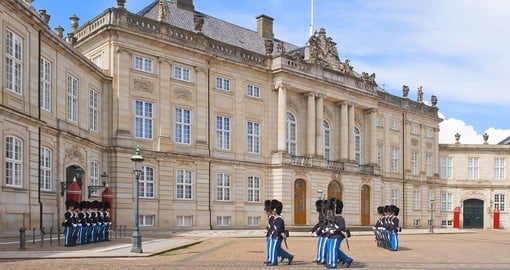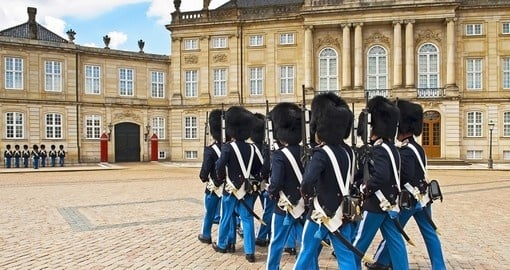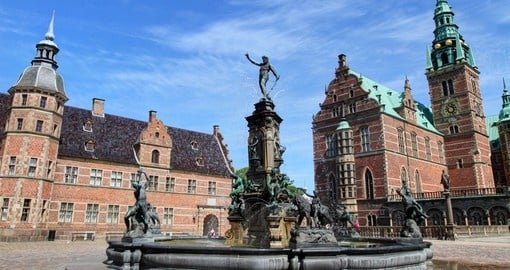Denmark History
Human settlement in Denmark began around 12,000 BC. These early settlers initially focused on hunting, but when the climate began to warm, people began to move to the coasts and fishing became a key part of life. During the Iron Age, the Danes began to arrive with many historians believing they came from Sweden.
The Viking Age was key to all Scandinavian countries, and Denmark was not exempt. Vikings initially struck monasteries because they had a great deal of wealth but were not well protected. The first documented raid by Danish Vikings was in 835 AD and they began to focus on the coast of Western Europe and Northeastern England. A Danish settlement was developed in Kent, and as time passed, Danish Vikings took over parts of England. Alfred the Great eventually expelled them.
By the 11th century, the Danes were successful in conquering England, resulting in a short-lived Anglo-Danish kingdom. Canute the Great was the first true Danish king to sit on the throne of England. Canute was succeeded by his son, and upon his son’s death, the throne was returned to the English.
Under the Kalmar Union of 1397, Denmark, Norway and Sweden were formally united. However, by 1438, Sweden had left the union and by 1523, the Swedes had elected their own king. Without Sweden, Norway remained under Denmark’s control for the next three centuries.
Civil war broke out in Denmark in 1534 when warring sides couldn’t agree on a successor for Frederick I. Many citizens suffered starvation and epidemics broke out, forcing surrender in 1536. Catholic bishops and monasteries were shut down because of their involvement in the civil war, and as a result, the Danish Lutheran Church became the only state-sanctioned religion.
The goal of the Thirty Years War that began in 1657 was to stop Swedish expansion. Unfortunately for Denmark, the government wasn’t prepared when Frederick III declared war and the Danes suffered heavily. They were forced to agree to the Treaty of Roskilde, which saw Denmark lose a third of its territory.
In 1848, the absolute monarchy that had been established in 1660 was abolished and Denmark introduced a new constitution. This resulted in a vast change from being a dictatorship to a democracy.
Despite declaring neutrality at the outbreak of the Second World War, in April 1940, Germany issued the Danes an ultimatum: Copenhagen would be bombed if Denmark resisted the Germans. In October 1943, the Nazis were getting ready to round up Jewish Danes; however, the resistance was successful in smuggling over 7,000 Jews into neutral Sweden.
A social welfare state developed in Denmark following the war allowing the economy to grow. The country joined NATO and the European Community (the predecessor of the EU) in 1973. Over the years, Denmark has continually implemented socially liberal and progressive politics, consistently topping much quality of life surveys to this day.
Get a Trip Quote Order a Brochure




















